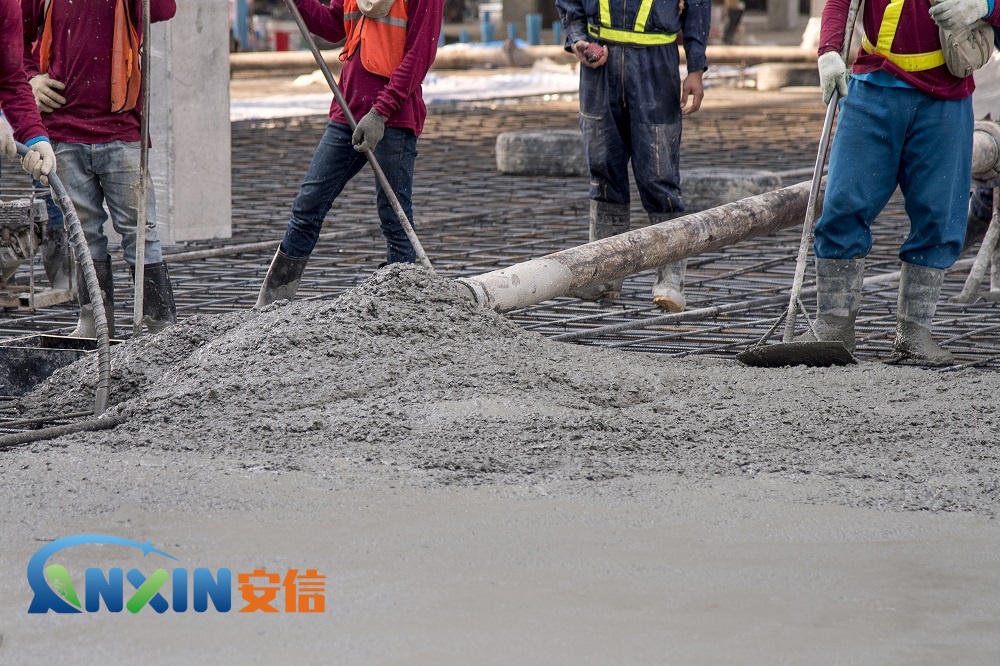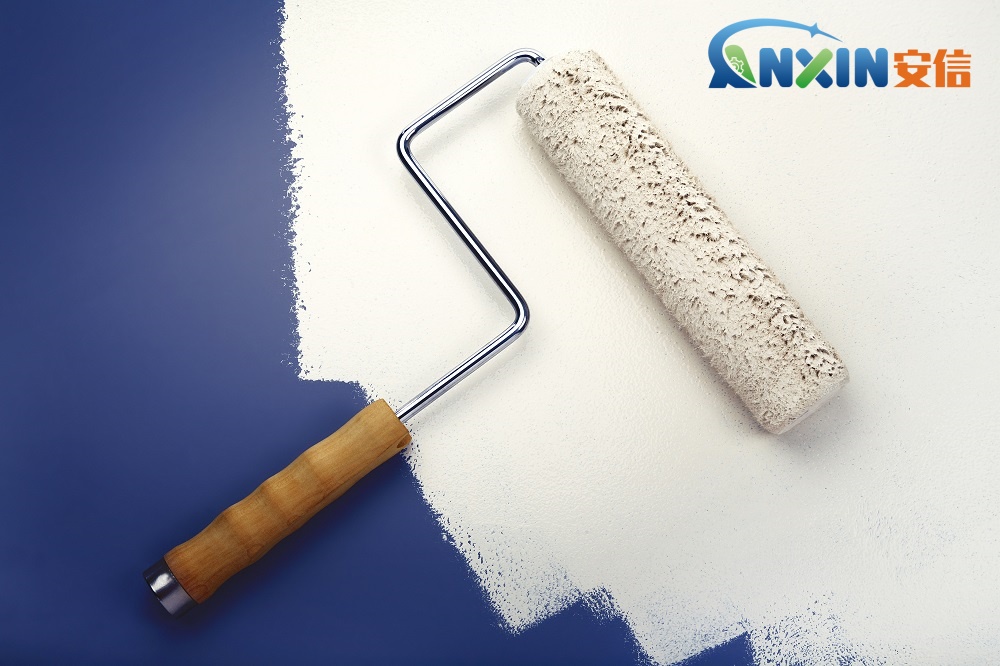Application of Hydroxypropyl Methyl Cellulose in Architectural Coatings
Hydroxypropyl Methyl Cellulose (HPMC) is a versatile polymer that finds extensive application in various industries, including the architectural coatings sector. In architectural coatings, HPMC serves multiple purposes, contributing to the formulation’s stability, performance, and overall quality.
1. Rheology Modification:
One of the primary functions of HPMC in architectural coatings is rheology modification. HPMC acts as a thickening agent, enhancing the viscosity of the coating formulation. By adjusting the viscosity, HPMC helps in controlling the flow and leveling properties of the coating during application. This ensures uniform coverage, minimizes dripping, and enhances the overall aesthetic appeal of the coated surface.
2. Water Retention:
HPMC possesses excellent water retention properties, which are particularly beneficial in architectural coatings. By retaining water within the formulation, HPMC extends the open time of the coating, allowing for better workability and improved application properties. This is especially crucial in situations where the coating needs sufficient time to level or self-level before drying.
3. Film Formation:
In architectural coatings, the formation of a uniform and durable film is essential for long-term performance. HPMC aids in film formation by promoting the coalescence of polymer particles within the coating matrix. This results in a smoother and more cohesive film, which enhances the durability, adhesion, and weather resistance of the coating.
4. Sag Resistance:
Sag resistance is a critical property in architectural coatings, particularly for vertical surfaces. HPMC imparts anti-sag properties to the coating, preventing it from sagging or dripping excessively during application. This ensures that the coating maintains uniform thickness across vertical surfaces, avoiding unsightly streaks or runs.
5. Stabilization:
HPMC serves as a stabilizing agent in architectural coatings, preventing phase separation, settling, or flocculation of pigments and other additives within the formulation. This helps maintain the homogeneity and consistency of the coating, ensuring uniform performance and appearance across different batches.
6. Enhancing Adhesion:
Adhesion is paramount in architectural coatings to ensure long-lasting adhesion to various substrates. HPMC improves the adhesion properties of coatings by forming a strong bond between the coating and the substrate surface. This promotes better adhesion, reduces the likelihood of delamination or blistering, and enhances the overall durability of the coating system.
7. Environmental Considerations:
HPMC is known for its environmentally friendly characteristics, making it an attractive choice for architectural coatings formulations. It is biodegradable, non-toxic, and does not emit harmful volatile organic compounds (VOCs). As sustainability and environmental regulations become increasingly important in the coatings industry, the use of HPMC aligns with the industry’s efforts to develop eco-friendly products.
Hydroxypropyl Methyl Cellulose (HPMC) plays a crucial role in architectural coatings, offering a wide range of benefits including rheology modification, water retention, film formation, sag resistance, stabilization, adhesion enhancement, and environmental compatibility. Its versatility and effectiveness make it a preferred choice for formulators seeking to optimize the performance, durability, and sustainability of architectural coatings. As the coatings industry continues to evolve, HPMC is likely to remain a key ingredient in the development of high-quality and environmentally responsible coating formulations.
Post time: Apr-16-2024

